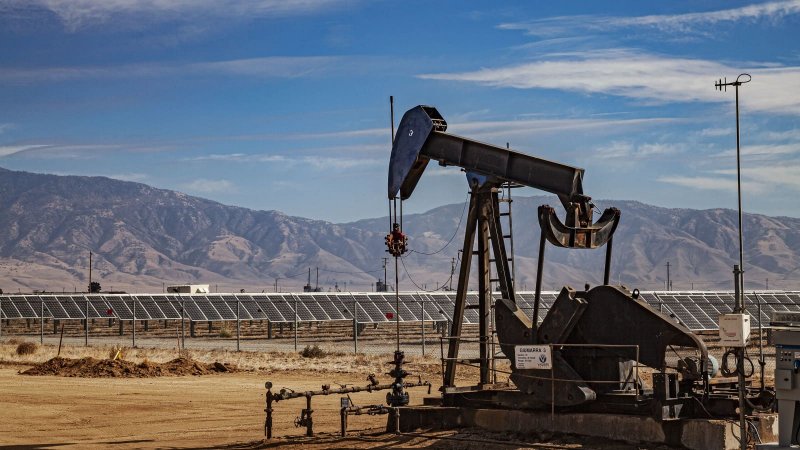Oil prices remained near five-week highs on Tuesday as U.S. President Donald Trump’s threats to impose secondary tariffs on Russian crude and take action against Iran helped offset concerns about the potential impact of a trade war on global growth.
The contracts settled at five-week highs a day earlier.
Tariffs on buyers of oil from Russia, the world’s second largest oil exporter, would disrupt global supply and hurt Moscow’s biggest customers, China and India.
Trump also threatened Iran with similar tariffs and bombings if Tehran did not reach an agreement with the White House over its nuclear program.
A Reuters poll of 49 economists and analysts in March projected that oil prices would remain under pressure this year from U.S. tariffs and economic slowdowns in India and China, while OPEC+ increases supply.
Slower global growth would dent fuel demand, which might offset any reduction in supply due to Trump’s threats.
Prices found some support after Russia ordered Kazakhstan’s main oil export terminal to close two of its three moorings amid a standoff between Kazakhstan and OPEC+ – the Organization of the Petroleum Exporting Countries, plus allies led by Russia – over excess production.
Kazakhstan will have to start cutting oil output as a result, two industry sources told Reuters. Another source said that repair work at the Caspian Pipeline Consortium terminal will take more than a month.
The market will be watching an April 5 OPEC+ ministerial committee meeting to review policy. Sources told Reuters OPEC+ was on track to proceed with a production hike of 135,000 barrels per day in May. OPEC+ had already agreed a similar hike in production for April.
Meanwhile, five analysts surveyed by Reuters estimated on average that U.S. crude inventories fell by about 2.1 million barrels in the week to March 28.
